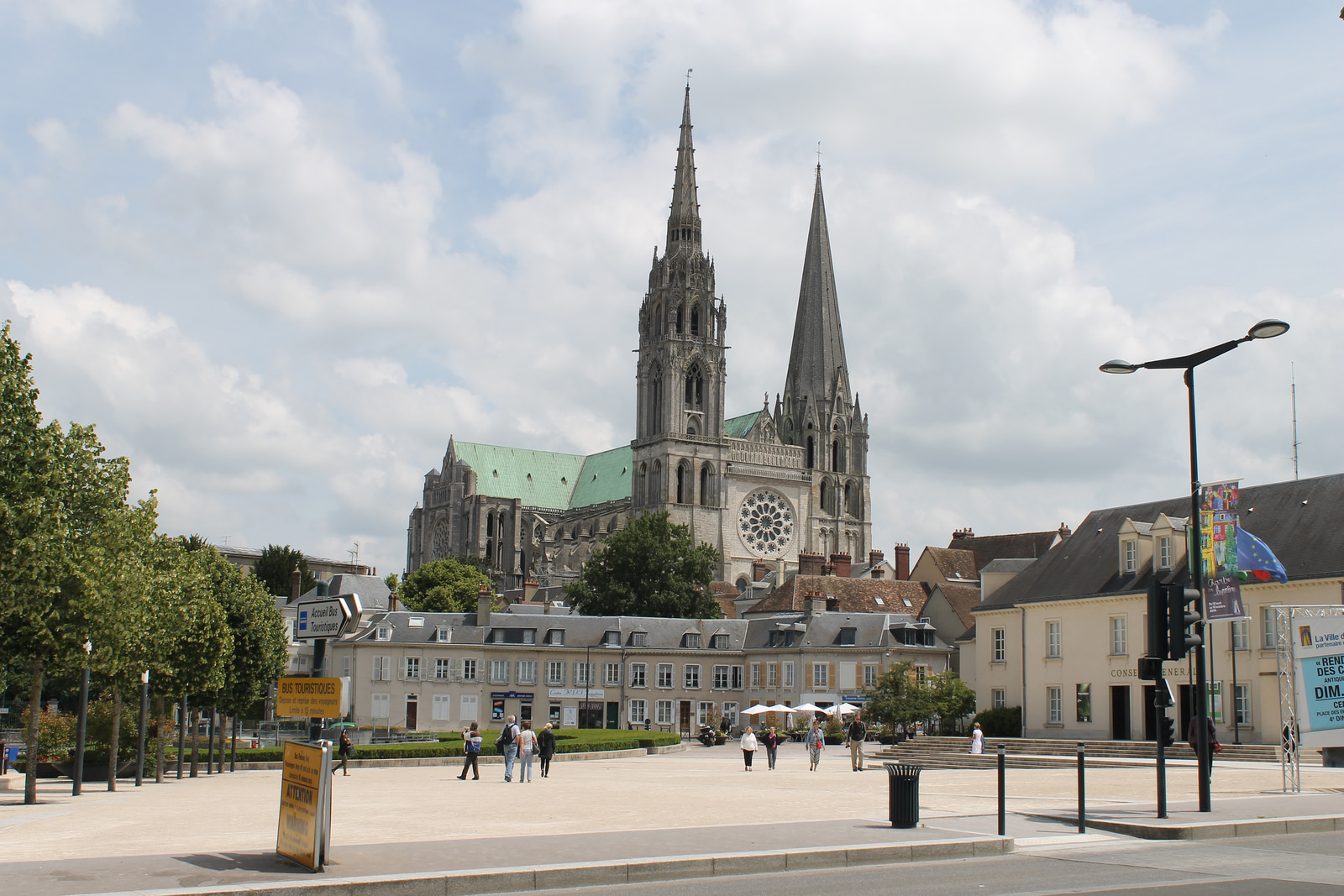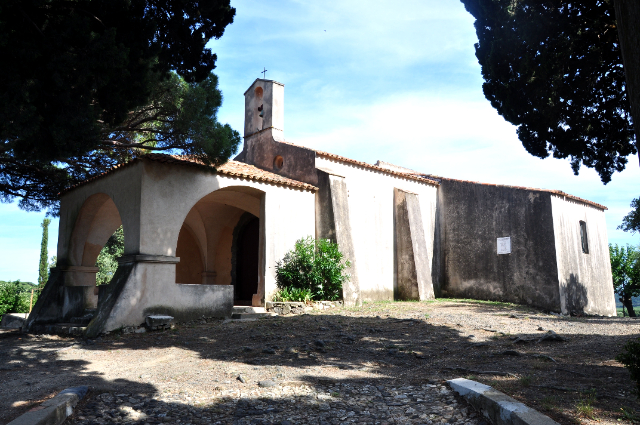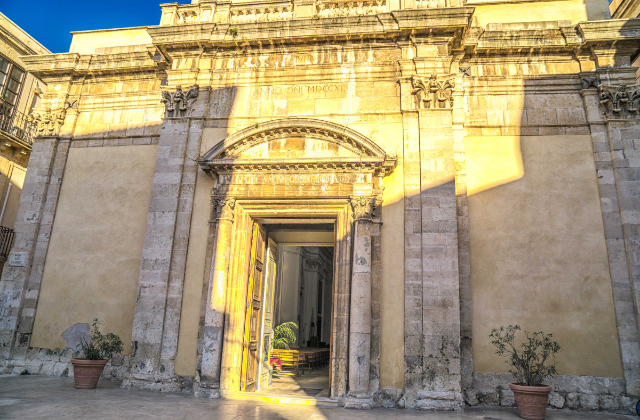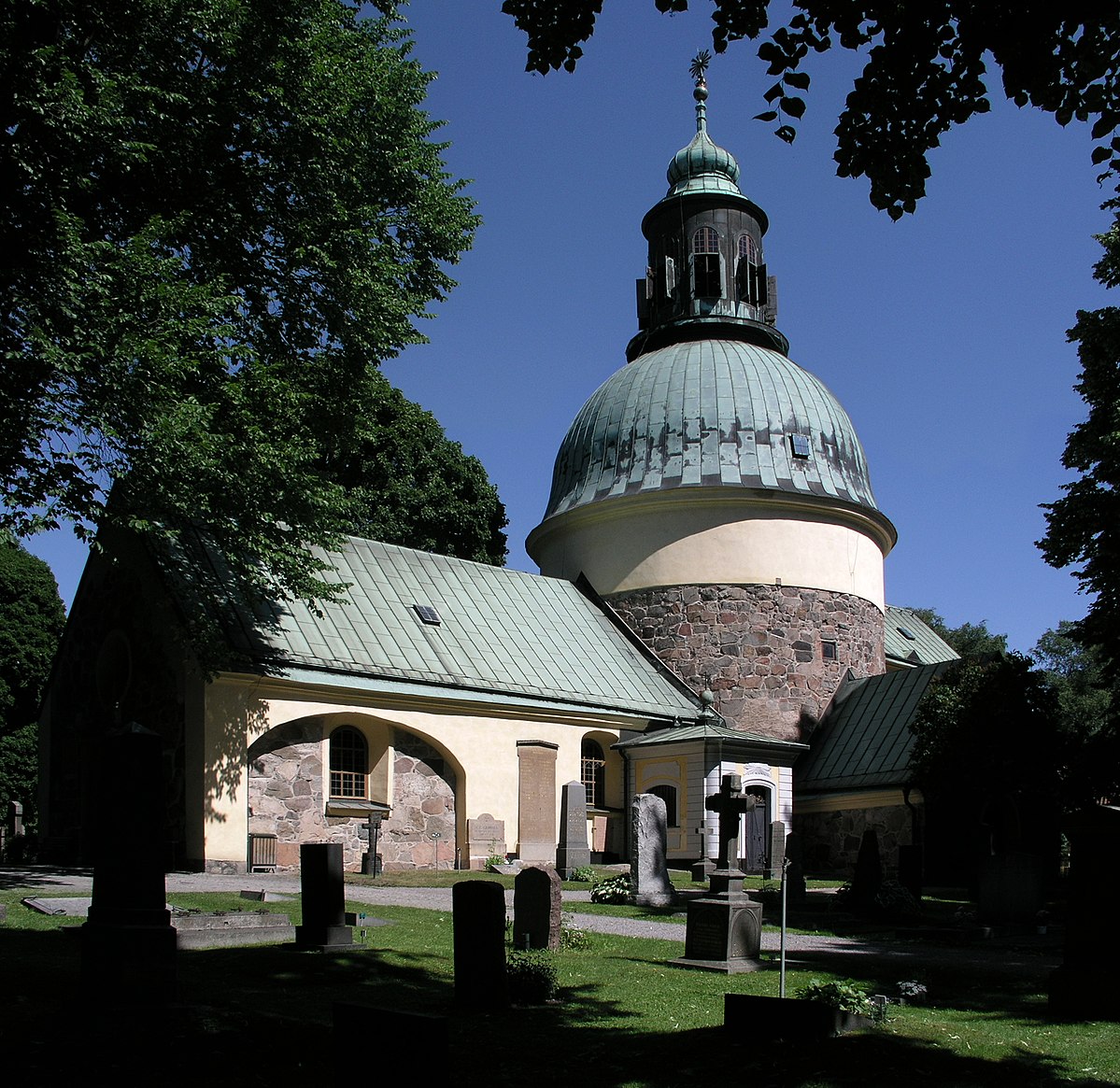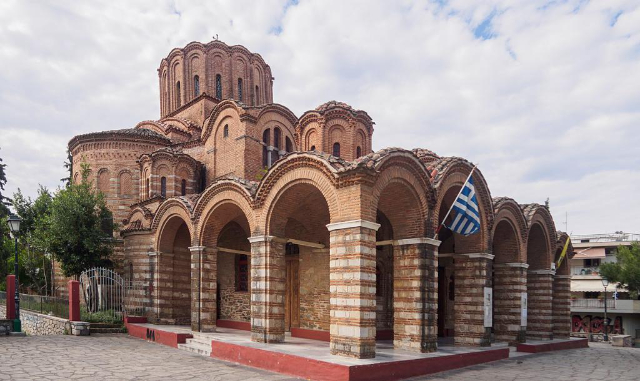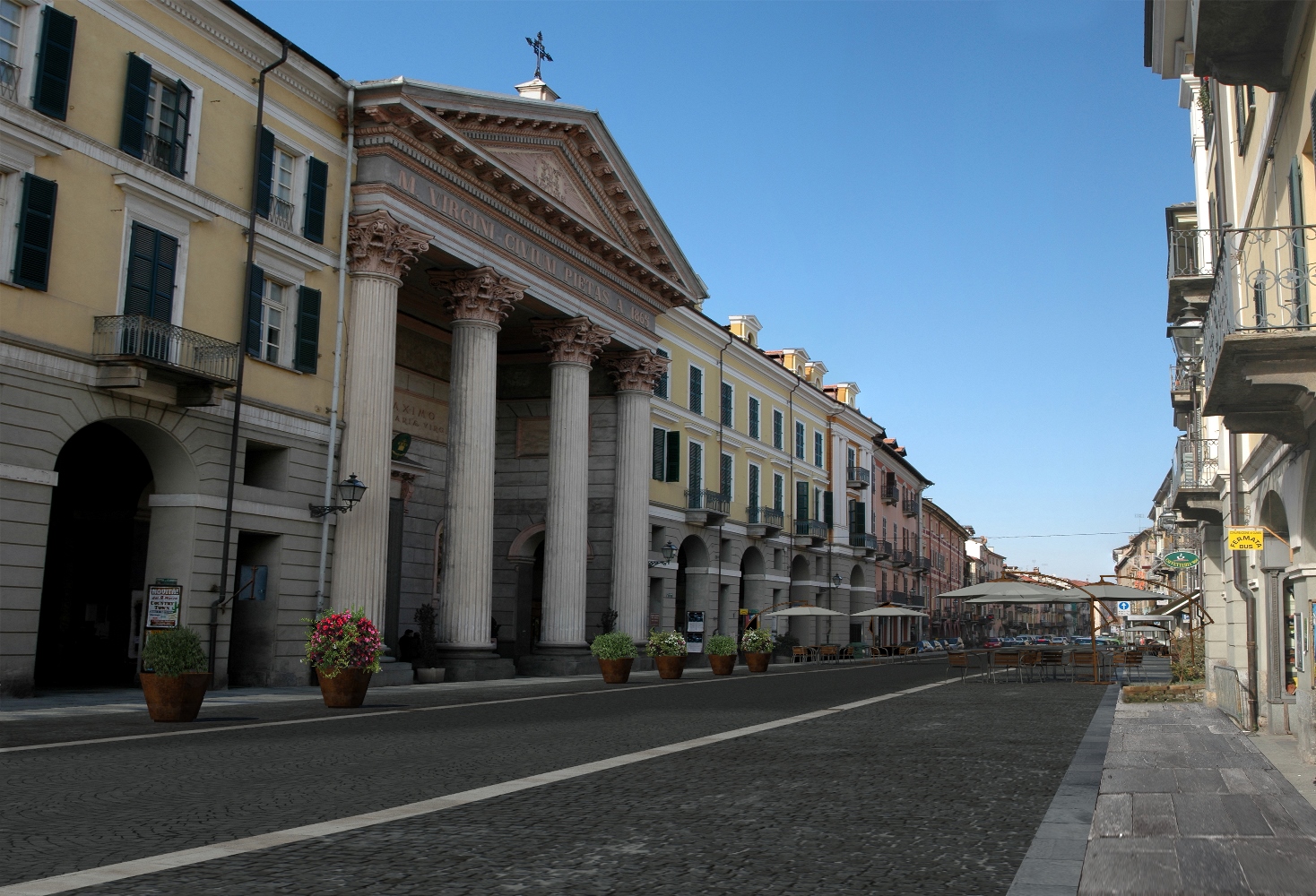Notre-Dame de Chartres Cathedral, located in the Centre-Val-de-Loire region, is one of the most authentic and complete works of religious architecture of the early 13th century. It was the destination of a pilgrimage dedicated to the Virgin Mary, among the most popular in all medieval Western Christianity. Because of the unity of its architecture and decoration, the result of research of the first Gothic era, its immense influence on the art of Middle Age Christianity, Chartres Cathedral appears as an essential landmark in the history of medieval architecture. The outstanding stained-glass ensemble, monumental statuary of the 12th and 13th centuries and the painted decorations miraculously preserved from the ravages of humankind and time, make Chartres one of the most admirable and the best-preserved examples of Gothic art.The monumental sculptures of Chartres Cathedral are valued both for their abundance and for their quality: the large ensembles, reliefs and statues, of the Royal Portail at the entrance to the nave, the six portals and two porches dating from 1210 at the north and south entrances to the transept, offer a complete panorama of Gothic sculpture from the moment when it broke from Romanesque traditions to attain the subtle balance of idealism and realism that characterises its apogee. In this cathedral, seat of a renowned school, technical and artistic mastery were at the service of a highly developed iconographic science.
Finally, Chartres Cathedral has almost totally conserved its homogeneous decor of stained-glass windows executed between approximately 1210 and 1250. To this must be added the three stained-glass windows of the 12th century above the Royal Portail and the large roses of the 13th century on the three façades: on the west, the Last Judgement; on the north, the Glorification of the Virgin; on the south, the Glorification of Christ.
